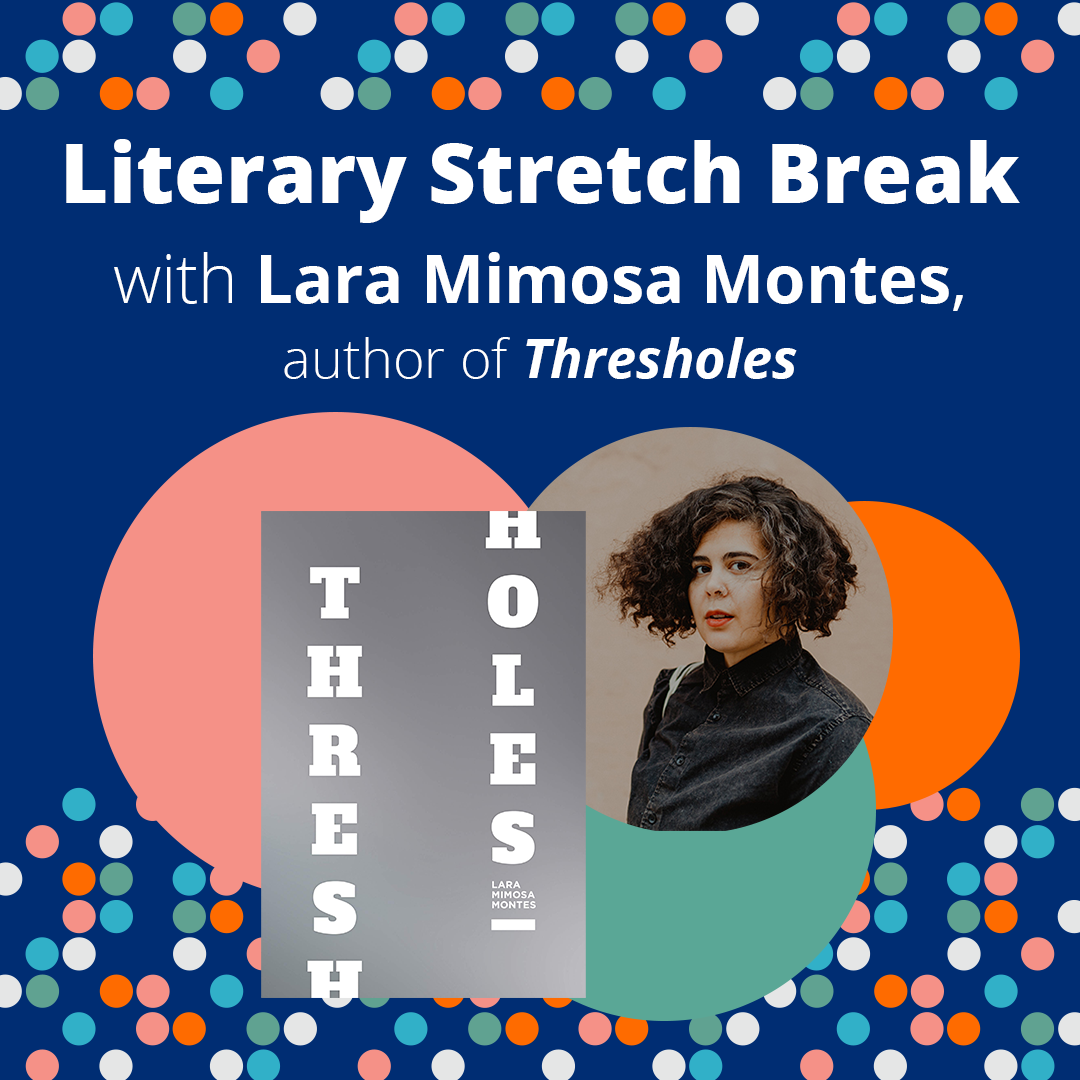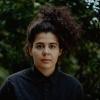Literary Stretch Break with Lara Mimosa Montes

To accompany her Literary Stretch Break webinar, we pulled out some of the most popular audience questions for Lara to answer:
Can you talk about the process and the experience of researching for this collection?
I went to many libraries, visited various exhibitions and archives, watched documentaries, conducted informal interviews, travelled. I was trained as a literary scholar, so those methods related to reading and looking feel pretty standard. I documented a lot of that first phase of book research as part of Coffee House Press’s In the Stacks blog. Then it came time to do somatic research. I wanted to expand my practice; the work had stalled out, and the book wasn’t writing itself. I needed to learn how to access various kinds of embodied information, energy, deep history, intuitive knowledge in order to keep writing. My literary training did not prepare me for this work, so that was a trip. During this time, I regularly consulted with acupuncturists, energy healers, and bodyworkers. Many of those experiences make their way into the final work.
You talk about collaboration in your poetry (between film, sound art, etc.). Do you collaborate across media as an artist? What does collaboration bring to your work?
I do collaborate across media. Not every creative idea I have is best articulated through a poem. It’s important for me not to feel hemmed in or limited by what I’ve done in the past. I also don’t believe a person needs to be accredited in a specific art form by way of some university degree in order to just go ahead and make work in that form. There are so many ways to learn, and one way is through collaboration, close proximity, and sustained engagement, attention. I recently collaborated with a friend and artist, Jae Matthews, on a short film we made together for the Poetry Project’s House Party series. I’m grateful for the opportunity to be invited into another person’s practice; it’s not casual whatsoever. I have always been interested in learning how artists make work, how they relate to their process, and what an artist’s thoughts are in terms of their practice. As a writer, I often work in isolation for extended periods of time—that’s just what is necessary: focus, uninterrupted time. When there’s an opportunity to learn from another artist, particularly one who is working in some other medium entirely, I welcome the exchange. I always learn something not just about myself but about “the work” in the process.
What other art (from any medium!) do you see THRESHOLES in conversation with?
THRESHOLES is in conversation with the work of the artist Gordon Matta-Clark, his collected writings as well as his series Bronx Floors, composed of fragments and photographs of early building cuts he made throughout the early 1970s. Other artists whose work I end up writing about: Zoe Leonard, Darrel Ellis, and Felix Gonzalez-Torres. I also write about film: Paul Verhoeven’s Showgirls, Steve McQueen’s Shame. THRESHOLES is definitely a book of extremes.
